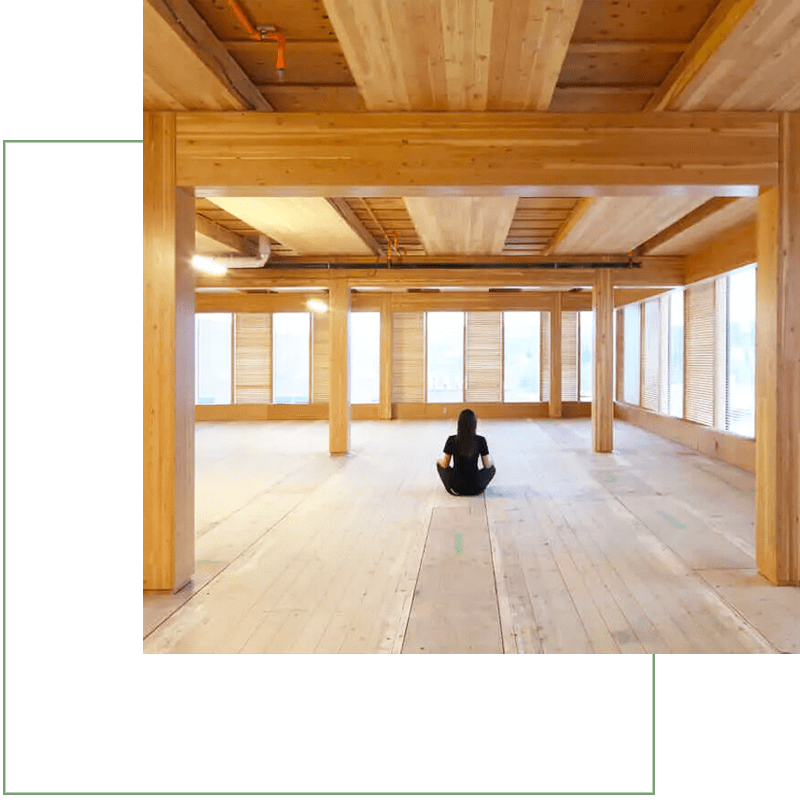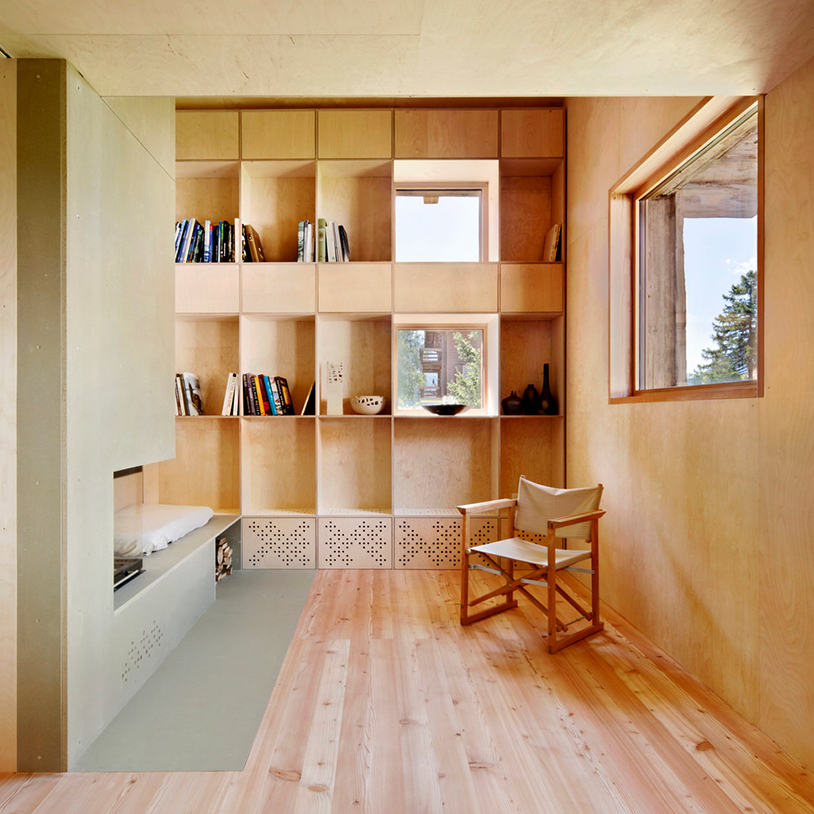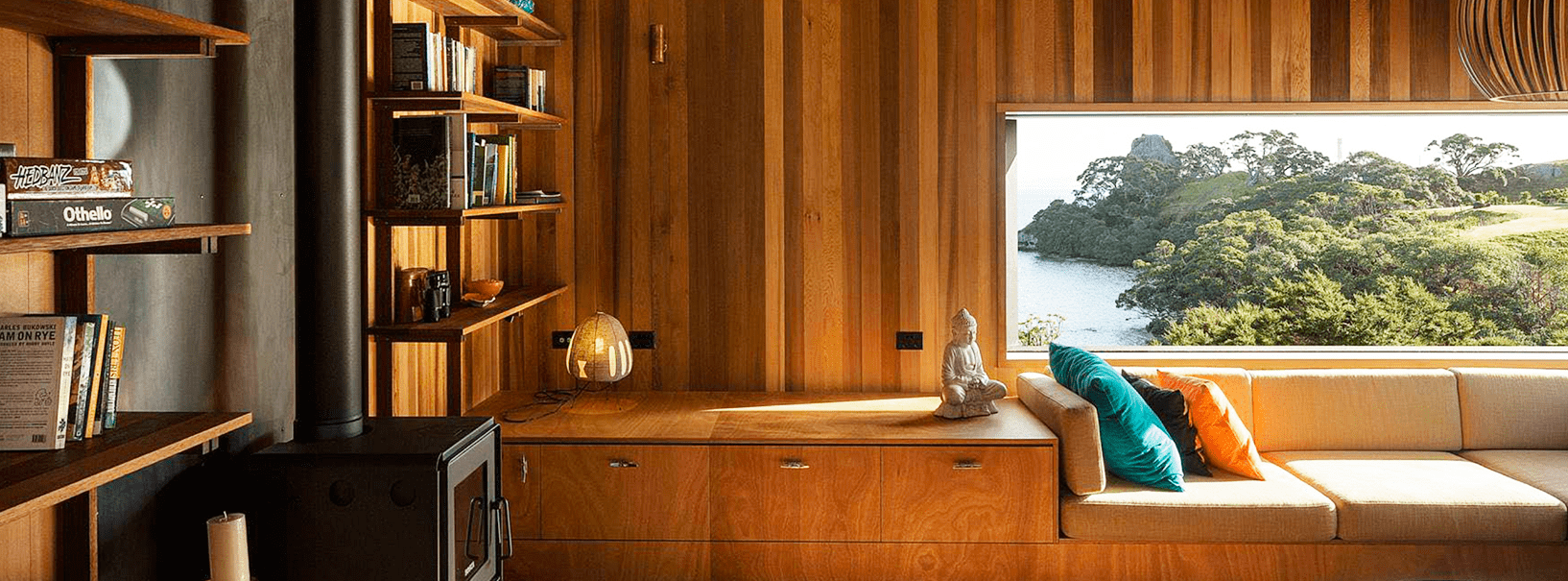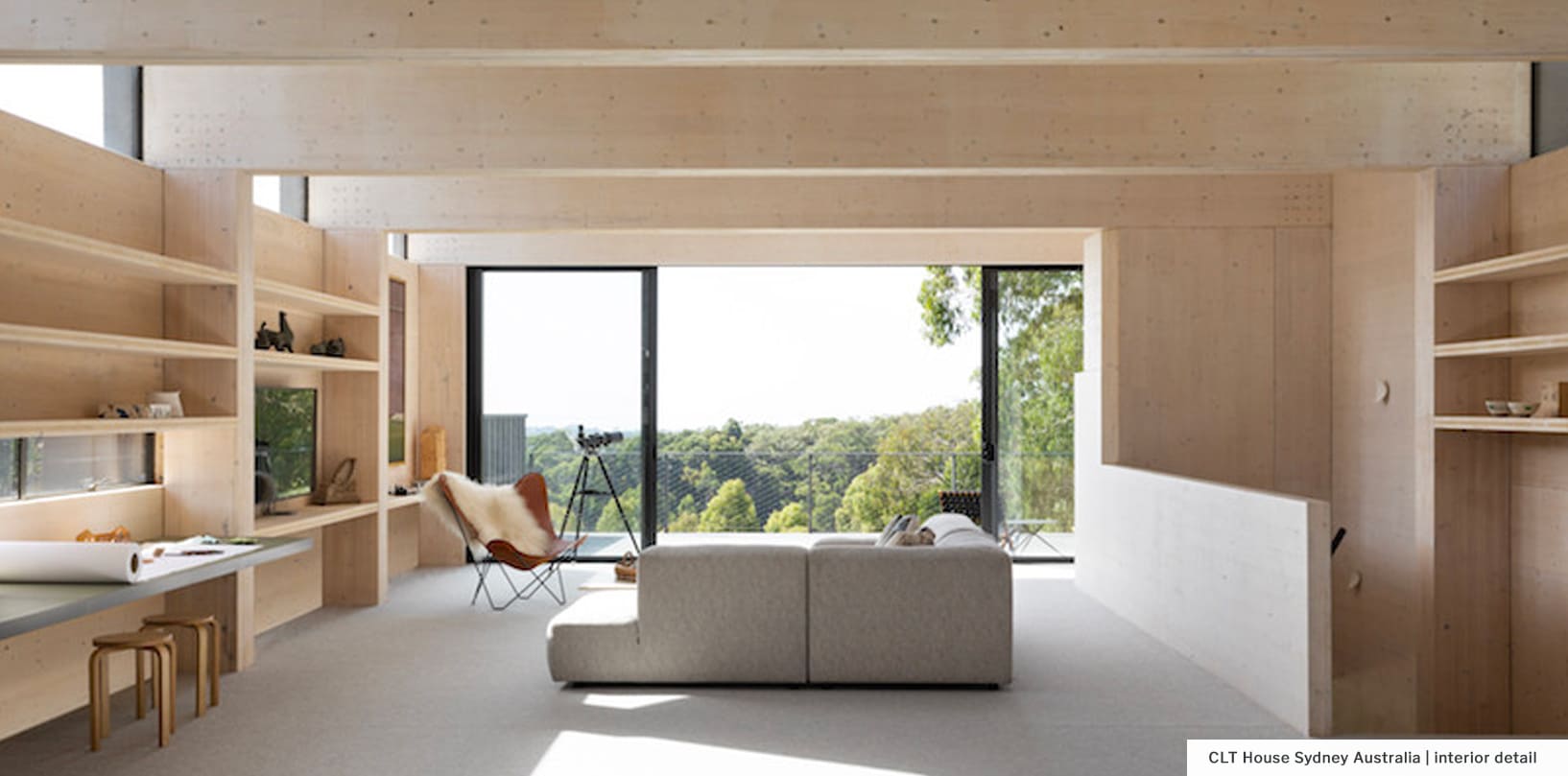HEALTHINESS
& SUPERIOR COMFORT
How healtiness
& comfort begin?
Very few things happen by chance at home, especially with healthiness and comfort.
Healthiness begins with aligning to the Seven Commandments from the World Health Organisation.
Comfort begins with analysis and specific design and continues with obsessive attention to detail.
Your content goes here. Edit or remove this text inline or in the module Content settings. You can also style every aspect of this content in the module Design settings and even apply custom CSS to this text in the module Advanced settings.
The role of a building is to keep us healthy, happy, safe and comfortable. Comfort at home means you can kick back and relax. This may sound like a generic sentence, but for IH it has precise connotations starting with thermal and acoustic parameters.
Feeling good at home has little to do with personal feelings and a lot with physics. It is not something that happens spontaneously or by chance inside a home.
Wellness at home is the result of an accurate, human centered design & engineering process.
SUPERIOR COMFORT & WELLBEING
What are the elements to consider to build a healthy & comfortable home?
Healthiness & Comfort are two sides of a coin and the method to achieve both is the same from Helsinki to Cape Town. What varies is the design that must focus on the features of the place and the prescriptions of the WHO.
Every house establishes a relationship with the outside through windows, doors, walls, and roof. Leaving doors and windows open entices what is outside to enter. And, together with the intruders, it will also let in either cold or heat depending on the season.
Often, it will not be enough to close doors and windows to achieve the comfort we desire.
At this point we can operate in two ways:
1) act from the inside by heating or cooling
2) working outwardly through joint actions focused on
controlling the flows between inside and outside.
The first solution is the most common.
If it is cold, we will turn on the heating, or in case of heat, an air conditioner, acting on the devices until we reach the desired comfort.
In both cases, we will have to activate an energy source. The energy consumption in both cases will depend not only on the temperature we want to reach but mainly on how the house is built. If this is poorly insulated (constructed with unsuitable techniques and materials) achieving the desired comfort level will require a high amount of energy and a reduced comfort period. In a non-insulated house, the heat transfer between the outside and the inside will increase, having no barriers to retaining heat or coolness. The absence of adequate insulation will result in poor comfort and a waste of energy. The only viable solution is the Thermal Envelope.

We build healthy houses that take care of your comfort and well-being in accordance to the World Health Organisation principles.
The healthiness of your living environment is our priority.

DESIGNING WELLNESS THROUGH PERFORMANCE
The role of
a thermal envelope
If clothing is viewed as our ‘second skin’, the ‘third skin’ that is protecting our bodies, and holding our lives together, is the thermal envelope of a house. It creates the enclosure that allows us to feel good at home.
Our strategy aims to protect the interior through a barrier to offset the outdoor elements when they are not wanted. The first challenge is to design a system that avoids drafts, and leaks, by designing a thermal resistance through the optimal combination of low conductivity materials that, by overlapping one to the other, become an integral part of the house from the foundations to the roof.

Homes — an essential investment for most of us — need to be safe, healthy and guarantee adequate standards of well being to its inhabitants.
At InnovHousing we call this performance.
DESIGNING WELLNESS THROUGH PERFORMANCE
The role of a controlled ventilation
We spend more and more time in closed spaces (an estimated 90%) and the air we breathe contains suspended pollutants inside. From the outside smoke, smog, CO₂, bacteria and allergens could get in. A poorly ventilated room determines a higher moisture content giving way to the formation and concentration of molds, mites, fungi, bacteria and pollutants. Opening the windows in controlled environments leads to a waste of energy and allows noise to enter.
Whether a good envelope makes the indoor environment controllable, we need a proper airflow (30 m3/ h per person) and its equal distribution to stabilise the inside temperature, ensuring the removal of pathogens and any pockets of condensation that may form due to impair ventilation.
The best way to achieve this is to install a controlled ventilation system.

The solution is a system of air exchange working 24 hours a day, all year round, which replaces the manual opening of the windows, with key differences: ability to accurately control the flow rates limiting replacement – and energy waste – to the minimum necessary, greatly improving air quality (the contrary of opening of the windows).
Controlled ventilation combines the highest level of comfort
with lower energy demand.

We are opening a new chapter in the luxury residential market combining
elegance and lightness with performance.
Innovhousing promotes and sets up the best possible housing concept in South Africa by boosting sustainable beauty and performative comfort.
Contact us
We look forward to realising your dream home.

